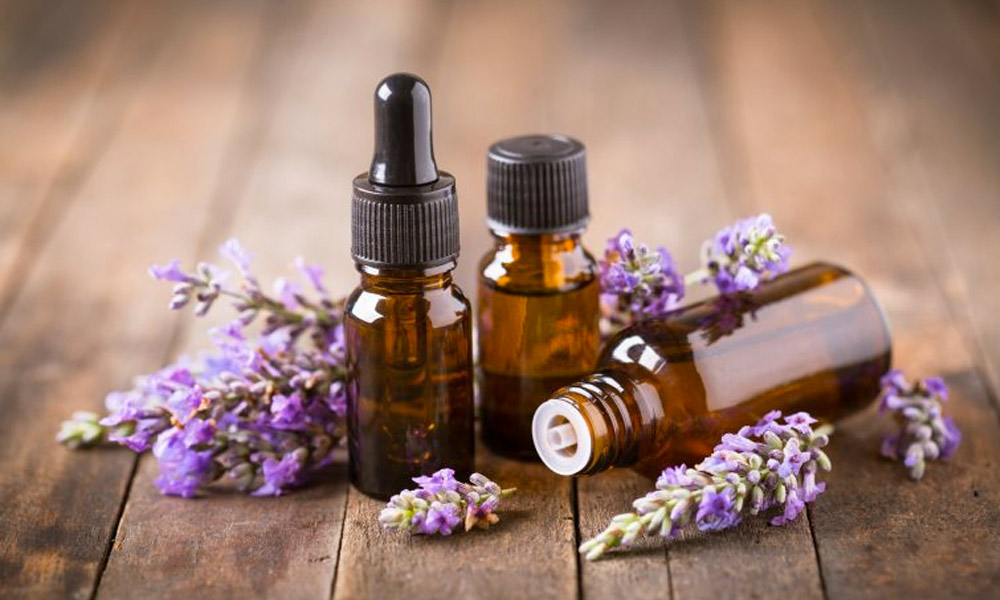When we think of aromatherapy, we usually think of an afternoon of massage in a spa, with scents and oils. Well, aromatherapy is more than that. It has a long history of usage in human civilization, from Egypt to Greece, and from Rome to China. And they usually have origin stories that are quite legendary.
Take Japan as an example. In Japan, the earliest form of aromatherapy came in the form of incense. As the story goes, one night in the Spring of Year 595, there was a great light across the Southern Sea. Thunder roared throughout the night. Thirty days later, at the south of the Awaji Island, a big piece of wood drifted ashore. The Islanders burned it and found it to be very aromatic, and hence they offered it to the Imperial Court. And this was the start of incense appreciation in Japan. In the Nara Period, incense gradually became popular and the art of Kodo (the way of aroma) came into being.
In modern day Japan, the traditional culture of aromatherapy has been kept intact, yet concurrently there evolved the Modern Japanese Aromatherapy, a form adapted from Western aromatherapy techniques, using primarily essential oils instead of incenses. As always, the modern Japanese Aromatherapy method is infused with the unique Japanese approach to this form of art, and a Japanese way of appreciation evolved into being.
While the delivery format for traditional Japanese aromatherapy is incense, modern Japanese aromatherapy uses essential oils. What then, links the two? What makes them “Japanese”? The short form answer is really in one word – the heart (“心”).
Traditional Japanese Shintoism believes that everything has a soul. This is so ingrained into Japanese culture, that every time they have a meal, they thank the food for contributing to their wellbeing (“itadakimasu, 頂きます”). This simple gesture has two implications in moulding the Japanese culture: firstly, it implies appreciation and respect for other beings. Secondly, it implies that there are spiritual dimensions outside of the material realm. The cultivation of the heart, considered to belong in the spiritual dimension and undetectable, then demands constant attention to details in the physical realm.
Hence, this appreciation of essential oils, a product of nature, and the application of the essential oil knowledge through the use of “heart”, defines the Japanese way to aromatherapy.
Would you like to know how to make your own aromatherapy products?
Come join us in this introductory aromatherapy class where we will learn about the nature of essential oils and using them safely. You can also bring home custom-blended products!
















